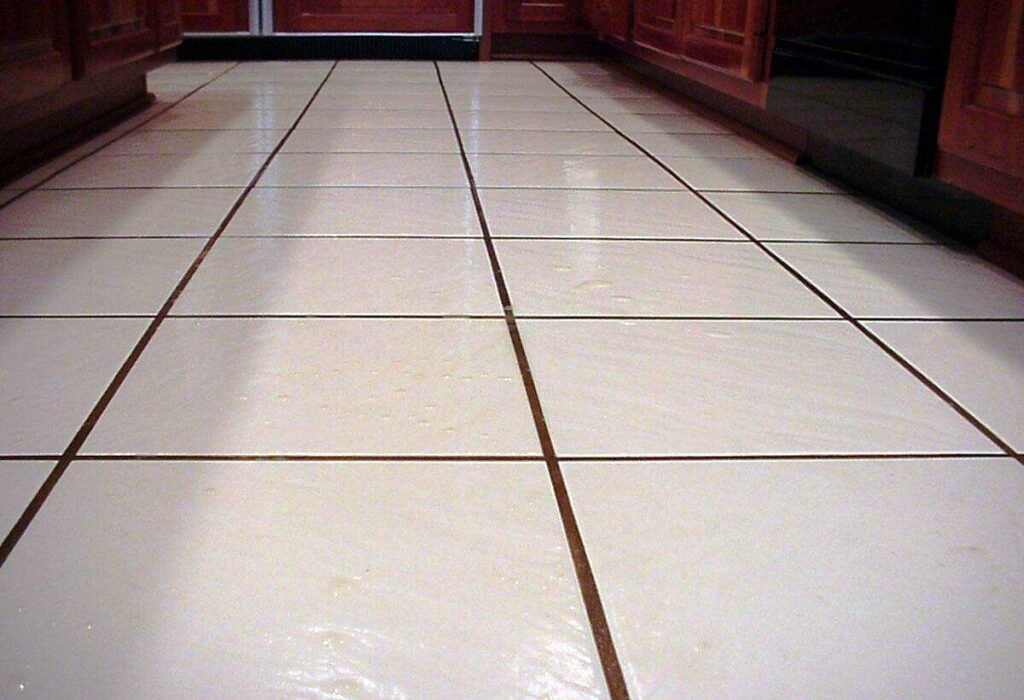
When it comes to the foundation of your bathroom tiles, the grout plays a crucial role in not just holding everything together but also enhancing the overall aesthetic. You step into your bathroom daily, and the grout you choose can make all the difference in maintaining a clean, fresh look. But with the plethora of options available, how do you ensure you are selecting the best grout for your bathroom tiles? Read Epoxy Grout India
There’s more than meets the eye when it comes to this seemingly mundane choice.
Types of Grout for Bathroom Tiles
- When choosing the best grout for your bathroom tiles, consider the various types available to ensure optimal performance and longevity. Grout comes in a range of colors to complement your tiles and overall bathroom aesthetic. From classic white and grey to bolder shades like blue or black, there are endless color options to choose from. Selecting a grout color that contrasts with your tiles can make them pop, while choosing a matching color creates a seamless look.
- In terms of application techniques, it’s essential to follow the manufacturer’s instructions carefully. Whether you opt for sanded or unsanded grout, proper mixing and application are crucial for a successful tile installation. Sanded grout is recommended for wider tile joints, while unsanded grout works best for thinner joints. Ensuring the grout is evenly spread and firmly pressed into the joints will help prevent cracking and promote durability over time. By paying attention to color options and application techniques, you can select the best grout for your bathroom tiles that combines both visual appeal and functionality.

Factors to Consider When Choosing Grout
- Consider these key factors to guide your selection of the perfect grout for your bathroom tiles. When choosing grout, color options play a significant role in the overall aesthetic of your bathroom. Opt for a color that complements your tiles while also considering how different shades can impact the perceived size of the space. Lighter grout colors can make a room appear larger, while darker ones add contrast and a more dramatic effect.
- Another crucial aspect to consider is the application technique required for the grout. Some grouts are designed for traditional application methods, such as using a grout float, while others are suitable for newer techniques like grout pens or premixed grout in a tube. Understanding the application process can save you time and effort during the installation.
- Additionally, consider factors like stain resistance, durability, and ease of maintenance when making your final decision. By carefully weighing these considerations, you can ensure that the grout you choose not only enhances the beauty of your bathroom tiles but also meets your practical needs.
Best Grout for Stain-Resistance
- For optimal stain-resistance in your bathroom tiles, selecting a high-quality grout with advanced protective properties is essential. When it comes to stain-resistance, epoxy grout alternatives are highly recommended for their durability and ability to repel stains effectively. Epoxy grout consists of epoxy resins and a filler powder, making it more resistant to water, stains, and chemicals compared to traditional cement-based grouts.
- When choosing a grout color for stain-resistance, opt for a shade that complements your tiles while also being a darker hue. Darker grout colors are better at hiding dirt, grime, and stains over time. Additionally, consider using grout sealers to enhance the stain-resistance of your chosen grout. Sealers create a protective barrier that prevents liquids from seeping into the grout, making it easier to clean and maintain.
Also Read Manufacturers of Tile Adhesive, Wall Putty & Epoxy Grout
Waterproof Grout Options for Bathrooms
- To ensure maximum protection against water damage in your bathroom, exploring the realm of waterproof grout options is imperative after prioritizing stain-resistance. When it comes to waterproof grout for bathroom tiles, there are several excellent options available. One key aspect to consider is the variety of color options offered by different brands. This allows you to not only protect your tiles from water but also to enhance the overall aesthetics of your bathroom by choosing a grout color that complements your tiles.
- In terms of application techniques, waterproof grout is typically applied in a similar manner to regular grout. However, it’s crucial to follow the manufacturer’s instructions carefully to ensure a proper and effective seal against water. Proper application techniques will help guarantee that your bathroom tiles remain protected from water damage over the long term.
Easy Maintenance Grout Solutions
- When selecting easy maintenance grout solutions for your bathroom tiles, prioritize durability and simplicity to streamline your cleaning routine effectively. Opting for low maintenance grout can make a significant difference in the upkeep of your bathroom.
- Look for grout that’s resistant to mold, mildew, and stains, as these are common issues in bathrooms. Choosing a grout that’s easy to clean will save you time and effort in the long run.
- Consider selecting a grout color that complements your tiles and bathroom decor while also being easy to maintain. Popular color options for low maintenance grout include shades of gray, beige, and white, as they’re versatile and can hide dirt and grime effectively.
Conclusion
After considering the various types of grout available for bathroom tiles, it’s clear that the best option for stain-resistance and easy maintenance is epoxy grout. Its waterproof properties make it ideal for use in bathrooms, where moisture and spills are common. By choosing the right grout for your bathroom tiles, you can ensure that your tiles will remain beautiful and durable for years to come.




